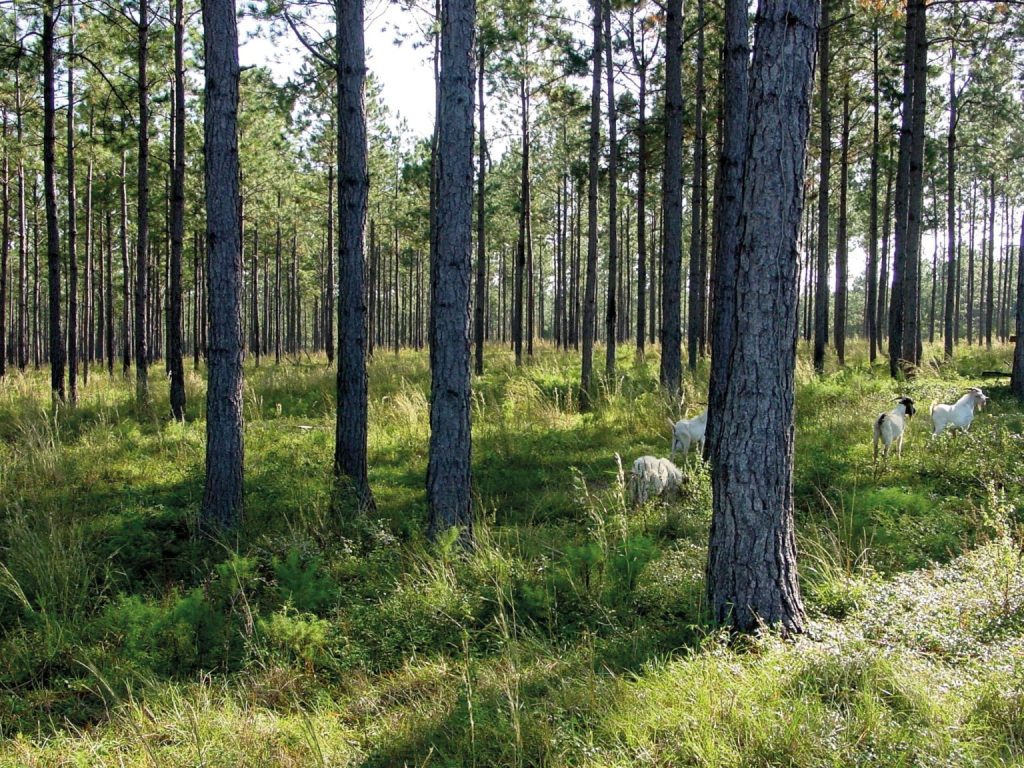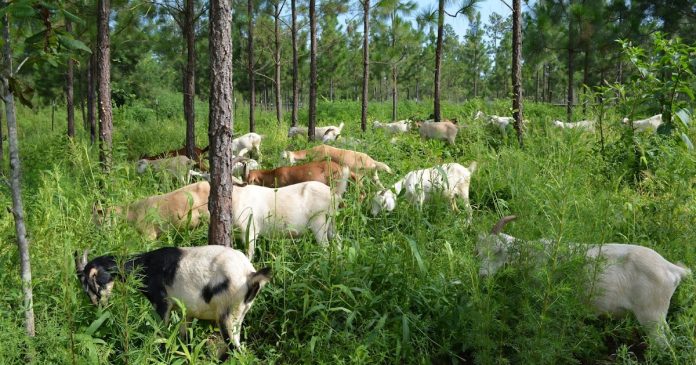Agroforestry is a powerful way to combine farming and forestry to create sustainable income streams while protecting the environment. But how can you ensure your agroforestry efforts are truly profitable? This Agroforestry Guide will walk you through practical steps to help you make agroforestry a successful venture.
Step 1: Choose the Right Tree and Crop Combinations
The key to profitable agroforestry lies in selecting tree and crop species that complement each other. For example:
- Cocoa and Shade Trees: In Ghana, cocoa thrives under shade trees like Gliricidia or Albizia, which protect cocoa plants from excessive sunlight and improve soil fertility.
- Maize and Faidherbia Albida (acacia): In East Africa, maize grows well under Faidherbia Albida trees, which shed their leaves during the cropping season, enriching the soil with nitrogen.
- Fruits and Vegetables: Combining mango or orange trees with leafy vegetables like spinach can provide year-round harvests and diverse income streams.

Step 2: Start Small and Scale Gradually
Begin your agroforestry journey with a manageable plot. For instance:
- If you own 5 acres, dedicate 1 acre to test a tree-crop combination like cashew and cassava. Monitor growth, yields, and market response.
- Once you understand what works, expand the system to the remaining land. This minimizes risks and allows you to refine your agroforestry farming tips.
Read Also: Unlocking Wealth: 7 Ultimate Economic Benefits of Agroforestry for Farmers
Step 3: Invest in Quality Inputs
The success of agroforestry heavily depends on the quality of your seeds, seedlings, and other inputs. Practical tips include:
- Purchase disease-resistant and high-yielding tree seedlings from certified nurseries. For example, hybrid mango or teak seedlings can ensure better returns. The Forestry Commission of Ghana for instance supports farmers with seedlings as part of efforts to promote agroforestry
- Improve soil health by using organic manure or compost. Farmers in Nigeria and Ghana often use poultry droppings for this purpose.
Step 4: Plan for Spacing and Layout
Proper spacing ensures trees and crops have enough room to grow without competing for nutrients, sunlight, or water. Here’s how:
- For intercropping cocoa with shade trees, maintain a spacing of 3m x 3m for cocoa and 12m x 12m for shade trees.
- On a farm with timber and maize, plant trees in rows along boundaries and leave the centre open for maize cultivation.
Step 5: Diversify Your Income Streams
Agroforestry offers multiple income sources. Diversify by:
- Planting fruit trees like oranges, avocados, or bananas alongside cash crops.
- Raising livestock such as goats or poultry. For example, chickens can roam under trees, feeding on pests and selling meat or eggs.
- Selling tree products such as firewood, timber, or charcoal.
Step 6: Practice Proper Farm Maintenance
Regular maintenance ensures the long-term productivity of your agroforestry system. This includes:
- Weeding: Regularly clear weeds to reduce competition for nutrients.
- Pruning: Trim trees to control their height and ensure adequate sunlight for crops below. For instance, prune cashew trees annually to boost fruiting.
- Pest and Disease Management: Monitor for pests, such as aphids on citrus trees or black pod disease on cocoa, and take timely action.
Step 7: Leverage Market Opportunities
To maximize profits, identify markets for your agroforestry products:
- Sell fruits directly to local markets or partner with exporters.
- Explore value addition, such as processing cashew nuts or drying mangoes for export.
- Participate in carbon credit schemes that pay farmers for planting trees that capture carbon dioxide.
Step 8: Seek Technical Support and Training
Don’t do it alone—learn from experts and other farmers:
- Attend agroforestry workshops or training sessions organized by NGOs or agricultural extension services. Talk to Nobowa for step-by-step guidance and on-farm support to derive the best agroforestry benefits from your farm.
- Join farmer cooperatives to share knowledge and resources. For example, Ivory Coast and Ghana cocoa farmers often collaborate on shade tree management practices.
Step 9: Monitor and Evaluate Your System
Track the performance of your agroforestry system to identify areas for improvement:
- Keep records of planting dates, yields, and income from each product.
- Adjust practices based on results. If maize yields decline, test different tree species or fertilizer applications.
Step 10: Think Long-Term
Agroforestry is a marathon, not a sprint. Plan for sustained growth:
- Invest in timber trees like teak or mahogany that take years to mature but provide significant returns.
- Replant trees as needed to maintain population, and productivity and ensure continuity.
Conclusion
When done correctly, agroforestry is a practical and profitable approach to farming. By carefully selecting tree-crop combinations, maintaining your farm, and leveraging market opportunities, you can create a thriving, sustainable system that benefits both your wallet and the environment. This Agroforestry Guide is your first step towards implementing sustainable farming practices. Start small, plan well, and grow your way to success!


